Hard corn removal surgery (Heloma Durum)
Corns, notoriously uncomfortable, can markedly disrupt a patient’s daily life with persistent pain and discomfort. Among the multitude of treatment options, heloma durum surgery (hard corn removal surgery) stands out as the most effective solution. This minimally invasive procedure offers immediate relief and boasts a brief recovery time.
AVERAGE COST
$1,500 per corn
PROCEDURE TIME
20 – 40 Min
BACK TO WORK
1 week
FULL RECOVERY
2 weeks
Book Your Free Consultation
What Is Heloma Durum (Hard Corn)?
Heloma Durum, commonly known as a hard corn, is a specific type of callus that forms as a protective response to excessive pressure or friction on the skin, primarily on the feet. These hardened patches of skin typically develop on the tops and sides of your toes or even on the soles of your feet, particularly in areas exposed to constant rubbing from ill-fitting shoes or high-impact activities.
Distinguished by its dense, concentrated core that presses into deeper layers of the skin, a hard corn can cause significant discomfort and pain when walking or wearing shoes. It’s important to note that while over-the-counter treatments may provide temporary relief, professional medical intervention like heloma durum surgery is often necessary for long-lasting resolution.
What Are the Causes and Risk Factors for Developing Hard Corns?
As mentioned above, the main cause of corn development is pressure in certain areas of the foot combined with friction. There are numerous reasons for this, but the most common ones are shoewear choices and foot deformities.
People who wear narrow, uncomfortable shoes are more likely to develop corns due to excessive pressure on their feet. High heels are also a risk factor, and walking or wearing shoes without socks can contribute to corns (due to friction) as well. When it comes to foot deformities, the problem is the change in the normal bone alignment – this happens with bunions, arthritis, hammertoes, and bone spurs.
What Are the Symptoms of Hard Corns?
Hard corns appear as small bumps surrounded by irritated, red skin. They are painful and cause discomfort when walking or weight-bearing. The pain is usually pinpointed and can be severe. The lesion can get complicated with an infection or ulceration.
When Should You Visit a Doctor for Pre-Op Evaluation?
If you notice a skin growth on your foot, don’t hesitate to reach out to your foot doctor. Whether you suspect it’s a corn or something else, paying a visit to a medical professional who can determine what’s the problem is of utmost importance. Don’t put off a doctor’s appointment – why tolerate the symptoms when you can get a quick pre-op evaluation and get rid of the corn easily with a minimally invasive procedure?
How to Prepare for Hard Corn Removal Surgery?
Preparing for a hard corn removal surgery involves several steps to ensure the procedure goes smoothly and recovery is swift.
Medical Consultation: This should be your first step. Your doctor will evaluate the condition of your feet and the severity of the hard corn. They may also review your medical history and discuss potential risks and outcomes of the procedure.
Proper Hydration and Nutrition: Eating a balanced diet and staying hydrated in the days leading up to surgery can boost your immune system and promote healing after the procedure.
Foot Hygiene: Keep your feet clean and dry to avoid any potential infection. Avoid any foot products or treatments that could potentially irritate the corn or the surrounding skin.
Comfortable Footwear: Prior to your surgery, invest in comfortable, well-fitting footwear. Tight or uncomfortable shoes could potentially aggravate the corn. Post-surgery, these shoes will also help in the recovery process.
Arranging Aftercare: You may need assistance immediately after the surgery. Arrange for a ride home from the clinic and consider asking someone to stay with you for the first 24 hours post-operation.
Follow Preoperative Instructions: Your healthcare provider will give specific instructions to follow leading up to the surgery day. This might include instructions on eating, drinking, and medication use.
Remember, the best source of advice is your healthcare provider, so don’t hesitate to ask them any questions you may have about your upcoming procedure.
What Are the Risks and Complications of This Surgery?
While heloma durum surgery (hard corn removal surgery) is generally safe and effective, like any surgical procedure, it does carry some risks and potential complications. It’s important to discuss these with your healthcare provider prior to the procedure. Here are some potential risks and complications:
Infection: Any surgical procedure opens the possibility for infection, although it’s relatively rare with proper care. Signs of infection include persistent pain, redness, swelling, or pus drainage.
Delayed Healing: In some cases, the surgical site may take longer to heal, particularly in individuals with poor circulation or certain underlying health conditions such as diabetes.
Recurrence of the Corn: If the underlying cause of the corn isn’t addressed, such as constant friction or pressure from ill-fitting shoes, the hard corn may return after surgery.
Nerve Damage: Though extremely rare, there is a small chance of nerve damage during the procedure, which could lead to temporary or permanent numbness in the affected area.
Scarring: There may be minor scarring from the incision, but it’s usually insignificant and fades over time.
Adverse Reaction to Anesthesia: As with any procedure involving anesthesia, there’s a risk of an adverse reaction. However, given that this surgery often uses local anesthesia, the risk is minimal.
These risks underline the importance of following preoperative and postoperative care instructions meticulously, to minimize potential complications and promote a speedy recovery. It’s also vital to address the root cause of the hard corn to prevent its recurrence.
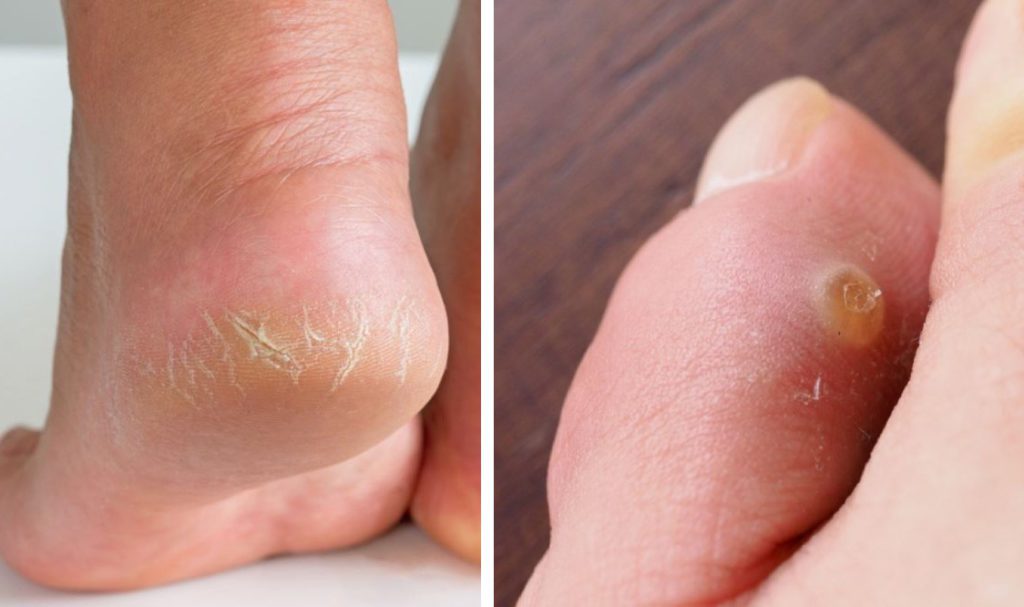
How Long Does Postoperative Recovery Last?
The recovery time after hard corn removal surgery can vary depending on the specific procedure performed, the patient’s overall health, and how well postoperative care instructions are followed.
Generally, most patients experience substantial relief from discomfort and are able to walk immediately after the procedure, though they may be advised to limit activities for the first 24-48 hours. Swelling and minor pain should subside within a few days.
A follow-up appointment is typically scheduled for one to two weeks post-surgery to monitor the healing process, remove stitches if necessary, and address any concerns.
In terms of full recovery and resuming regular high-impact activities or wearing tight shoes, it can take up to three to six weeks. However, this timeline can vary widely and it’s crucial to follow your healthcare provider’s specific recommendations for your individual case.
What Is Postoperative Care Like?
Your doctor will inform you about all the measures you should take in order to heal quickly. What’s important for you to know is that you have to keep the incision clean and dry – the operated foot shouldn’t be soaked in water for at least two weeks, and you should use shower bags to keep it dry.
Avoiding physical activity for a few weeks after surgery is necessary, but once you start feeling better, your doctor might recommend some light physical therapy in order to keep foot mobility intact during recovery. You will be advised to elevate the foot above the heart level – this will help reduce swelling after surgery. If you experience pain, over-the-counter pain medication will keep it under control – your doctor will tell you what to take.
When Should You Seek Medical Help?
Tolerating pain and accompanying symptoms that a hard corn can cause is never a good idea. This means that you should seek medical help as soon as possible – corns tend to get harder over time, and they might even get infected. There’s no reason to risk this when you can have them removed quickly with a minimally invasive procedure performed by a skilled surgeon. Book your preoperative consultation as soon as possible, and you’ll get rid of your corn in no time.
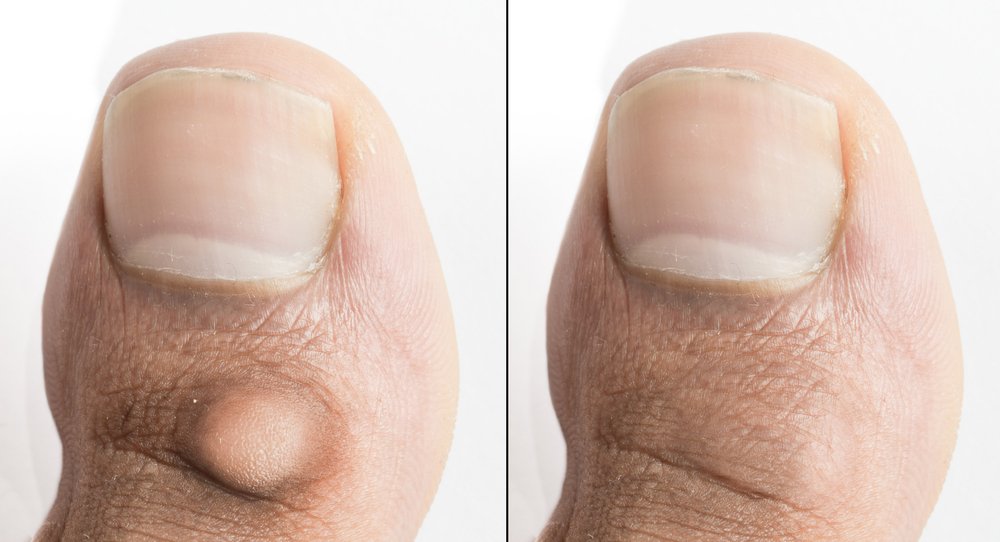
Schedule a Visit With the Best Surgeon in Miami and Get Rid of Hard Corns
Who can you reach out to for medical help when it comes to foot issues? Obviously, you want the best when it comes to your health, and that’s exactly what Luxe Foot Surgery clinic in Miami is all about. Our excellent doctors can help you with any foot conditions and ensure that you enjoy every day pain-free.
Contact us to book your free first consultation with one of our surgeons – every member of our team would be happy to answer all your questions and advise you on the best treatment option for your condition. You can book your appointment by calling our office, or you can fill out an inquiry form on our website. We’re looking forward to helping you!
Frequently asked questions
Hard corn removal surgery is a minimally invasive procedure, which means that the recovery period after it is relatively quick. Patients should stay off their feet for about three days and are advised to wear a surgical shoe for two to four weeks. The initial recovery period is one to two weeks, and it usually takes six weeks to three months to fully recover after corn removal surgery.
Yes, hard corns can be removed. There are non-surgical and surgical treatment options for this condition. Usually, conservative treatment is the first step – if it doesn’t bring any results, the doctor recommends surgery to remove the corn and, if necessary, address the underlying issue that causes corns to develop. In most cases, conservative treatment won’t be effective enough – it merely masks the symptoms instead of fixing the cause of corn development.
Heloma durum, or hard corn, can be removed surgically with a minimally invasive procedure that takes about 30 minutes or less, depending on the complexity of the case. The patient is given a local anesthetic, and after that, the surgeon makes an incision and cuts out the corn with its root. If there is a foot deformity that will cause new corns to form in the same spot, this has to be addressed surgically as well.
Heloma molle is a soft corn, while heloma durum is a hard corn. Although both lesions are thickened, hardened layers of skin, they are different in their consistency. Both are small skin growths that cause pinpointed pain, but heloma molle is a bit more rubbery and grayish compared to heloma durum, which has denser consistency.
Yes, corns can be removed without surgery – but not always. Also, keep in mind that non-surgical methods don’t address the main cause of corns, which means there’s a chance that the corn will reappear in the same place over time. The most common nonsurgical treatment options are salicylic acid, filing down the corn with a pumice stone, and using patches.
Yes, podiatrists can remove hard corn. They can use surgical blades to shave down the excess skin and relieve symptoms. Still, this method isn’t always enough – sometimes, if the corn is more persistent, there might be a need for surgery.
- Luxe Foot Surgery. Corn Removal Surgery Miami [Internet]. Luxe Foot Surgery. [Accessed on April 21, 2023]. Available from: https://www.luxefootsurgery.com/corn-removal-surgery-miami/
- Cleveland Clinic. Corns and Calluses [Internet]. Cleveland Clinic. [Accessed on April 21, 2023]. Available from: https://my.clevelandclinic.org/health/diseases/16896-corns-and-calluses
- Timonium Foot and Ankle Center. Corn Removal Surgery [Internet]. Timonium Foot and Ankle Center. [Accessed on April 21, 2023]. Available from: https://timoniumfootandankle.com/corn-removal-surgery/
- Healthmark. What To Expect During (And After) “Soft” Corn Surgery in Philadelphia [Internet]. Healthmark Foot & Ankle Associates. [Accessed on April 21, 2023]. Available from: https://www.healthmarkfootandankle.com/blog/what-to-expect-during–and-after—soft–corn-surgery-in-philadelphia.cfm
Latest Articles
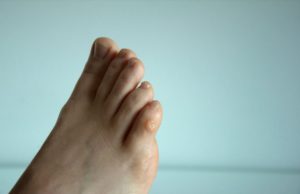
Pinky Toe Corn Removal Before and After
If you have corn on a pinky toe, you’re probably looking for the best way to treat it and get
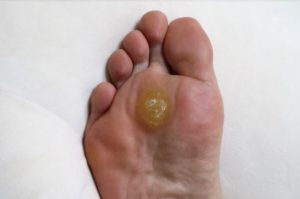
Foot Corn vs Callus: Understanding the Differences Between These Skin Conditions
Corns and calluses are two of the most common skin growths on feet – most of us will experience one
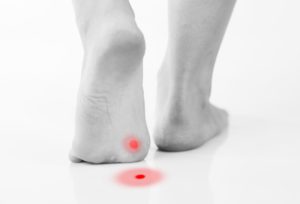
Inside of a Corn on Foot: Understanding the Anatomy of a Corn and How It Forms
Corn problems are common, and people go through treatment and corn removal surgery all the time. You can always learn
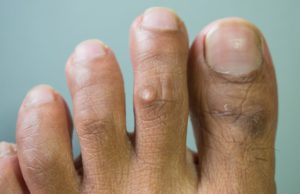
Difference Between Hard Corns and Seed Corns
People often question the difference between corns and calluses, but did you know that there are different types of corns
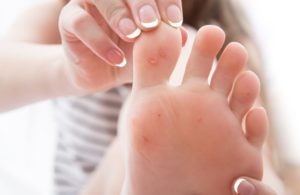
What’s the Best Way to Get Rid of Corns on Toes
Foot corns are a very stubborn skin condition that affects millions of people. While they are virtually harmless, they can
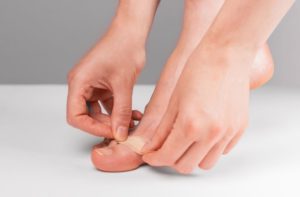
Prevention of Corns on Toes
Although home treatment options, cryotherapy, or corn removal surgery can all be effective ways of getting rid of corns, you

Is Corn Removal Surgery Covered By Insurance?
If you have corn on your foot, then you probably know how unpleasant and painful this condition can be. Getting
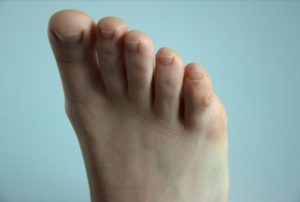
Foot Corn on a Toe: Causes and Treatment Options for Corns on the Toes
Foot corns consist of hardened layers of skin, usually around the bony areas such as the tops and sides of
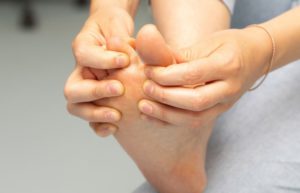
How to Remove Soft Corns?
Corns form when there is friction or pressure over a bony area on your foot. Generally, the areas that are
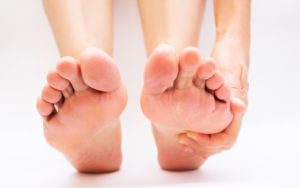
Why Is It So Hard to Get Rid of Seed Corns
If you’ve examined your feet and determined you have seed corns, your next step should be initiating treatment – but
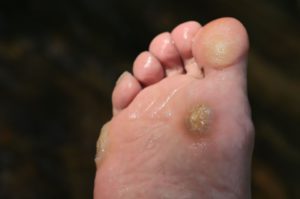
Why Do I Have Corns on the Bottom of My Big Toes
Foot corns are a skin condition that keeps popping up when you least expect it, and somehow it forms on
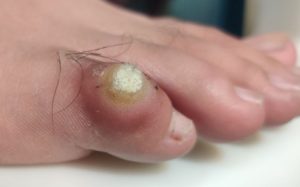
Recurring Corns on Toes
There are many possible treatment methods for foot corns on the toes, from home treatments to corn removal surgery. However,